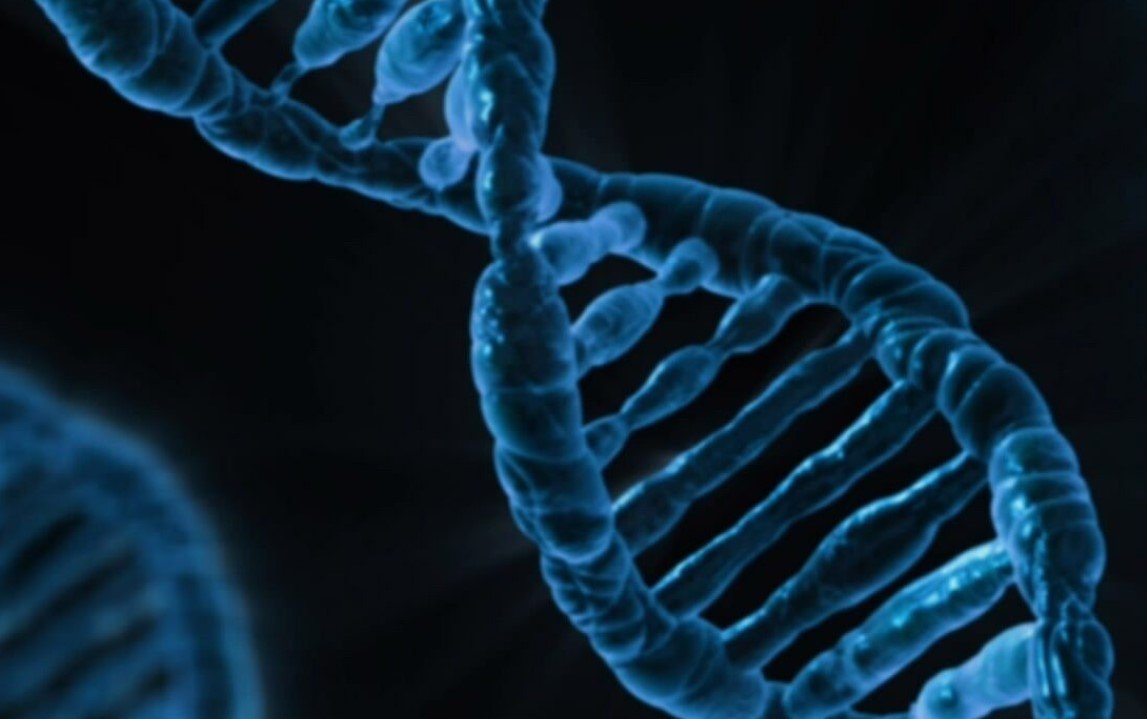In a groundbreaking study, scientists have identified 34 novel, rare genetic disorders, shedding light on previously undiagnosed conditions. This discovery, made possible through advanced computational tools and whole exome sequencing, involved analyzing the genetic data of 1,577 patients from sixteen hospitals. The study revealed mutations in 370 genes, affecting 499 individuals, including 425 children. These findings, published in Nature Genetics, highlight the potential of innovative technologies like the GestaltMatcher AI software in diagnosing rare diseases and improving patient care.
Whole exome sequencing (WES) has emerged as a powerful tool in the identification of rare genetic disorders. By focusing on the protein-coding regions of the genome, WES allows researchers to pinpoint mutations that may be responsible for various conditions. In this study, scientists utilized WES to analyze the genetic data of patients with undiagnosed diseases. This approach enabled the identification of 34 novel disorders, providing new insights into the genetic basis of these conditions.

The use of WES in this study underscores its importance in modern genomics. Traditional diagnostic methods often fall short in identifying rare genetic mutations, but WES offers a more comprehensive view of the genome. This technology has the potential to revolutionize the diagnosis and treatment of rare diseases, offering hope to patients and their families. By identifying the genetic underpinnings of these disorders, researchers can develop targeted therapies and improve clinical outcomes.
The Role of GestaltMatcher AI
The GestaltMatcher AI software played a crucial role in this study, demonstrating the power of artificial intelligence in genetic research. This innovative tool analyzes both genetic and phenotypic data, including facial images, to identify patterns associated with specific disorders. By integrating these data sources, GestaltMatcher can provide rapid and accurate diagnoses, even for conditions that are difficult to identify through traditional methods.
In this study, GestaltMatcher was used to analyze the genetic and phenotypic data of 224 individuals who consented to the use of their facial images. The software’s ability to link facial abnormalities to specific genetic mutations proved invaluable in diagnosing rare disorders. This approach highlights the potential of AI in enhancing the accuracy and efficiency of genetic diagnostics. As AI technology continues to evolve, it is likely to play an increasingly important role in the field of genomics.
Implications for Patient Care
The discovery of these 34 novel genetic disorders has significant implications for patient care. Early and accurate diagnosis is essential for managing rare diseases, as it allows for timely intervention and appropriate treatment. For many patients, a diagnosis can end years of uncertainty and provide a clear path forward. This study’s findings underscore the importance of advanced diagnostic tools in improving patient outcomes.
Moreover, the identification of these disorders opens new avenues for research and therapy development. Understanding the genetic basis of these conditions can lead to the development of targeted treatments, offering hope to patients who previously had limited options. The study also highlights the need for continued investment in genetic research and the development of innovative diagnostic technologies. By advancing our understanding of rare diseases, we can improve the lives of countless individuals and their families.
Future Directions in Genetic Research
The success of this study paves the way for future research in the field of genetics. The researchers plan to continue their efforts to identify the genetic causes of undiagnosed diseases, utilizing advanced sequencing techniques and computational tools. Long-read sequencing, which allows for the analysis of longer DNA fragments, is one such technique that holds promise for uncovering genetic changes that are difficult to detect with traditional methods.
As genetic research progresses, collaboration between scientists, clinicians, and patients will be essential. By working together, we can accelerate the discovery of new genetic disorders and develop effective treatments. The findings of this study represent a significant step forward in our understanding of rare diseases, but there is still much work to be done. Continued research and innovation will be key to unlocking the full potential of genomics in improving human health.
















